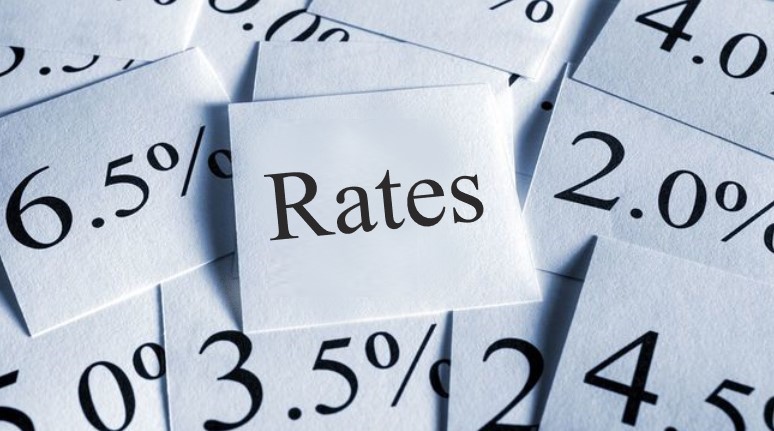Bank of Canada drops overnight rate to 2.25% at the October meeting
Further weakening in the Canadian economy has forced policy makers at the Bank of Canada to lower the overnight rate once again, bringing the crucial bench mark down to 2.25%. Trump and company were directly implicated, with trade uncertainty hurting economies worldwide. While consumer spending has remained robust, there is excess capacity in the economy. Wage growth has stalled with the unemployment level stuck at 7.1% despite far lower immigration numbers. GDP growth is expected to decline further going into 2026, before recovering once more. Here is an excerpt from the B of C press release.
Canada’s economy contracted by 1.6% in the second quarter, reflecting a drop in exports and weak business investment amid heightened uncertainty. Meanwhile, household spending grew at a healthy pace. US trade actions and related uncertainty are having severe effects on targeted sectors including autos, steel, aluminum, and lumber. As a result, GDP growth is expected to be weak in the second half of the year. Growth will get some support from rising consumer and government spending and residential investment, and then pick up gradually as exports and business investment begin to recover.
Canada’s labour market remains soft. Employment gains in September followed two months of sizeable losses. Job losses continue to build in trade-sensitive sectors and hiring has been weak across the economy. The unemployment rate remained at 7.1% in September and wage growth has slowed. Slower population growth means fewer new jobs are needed to keep the employment rate steady.
The Bank projects GDP will grow by 1.2% in 2025, 1.1% in 2026 and 1.6% in 2027. On a quarterly basis, growth strengthens in 2026 after a weak second half of this year. Excess capacity in the economy is expected to persist and be taken up gradually.

The lowest available October 2025 rates are:
1-year fixed insured 4.69%
2-year fixed insured 4.29%
3-year fixed insured 3.69%
4-year fixed insured 3.94%
5-year fixed insured 3.69%
5-year variable insured 3.45%
Is the mortgage stress test still a thing in 2025? Yes it is, and with the higher rates we’ve seen, it’s even harder to qualify for a mortgage. The rules require you to qualify at either 2% above the rate your lender is offering you or 5.25%, whichever is higher.
Being forced to qualify at the higher stress test rate causes the principal portion of your monthly mortgage payment to shrink, lowering the maximum amount you’ll be allowed to borrow for your mortgage. But the rate you’ll actually pay once you buy is the rate you are offered by your lender. Your monthly payments will be calculated from this lower rate, not the stress test rate. As a result your monthly mortgage bill will be smaller too.
The stress test has been quite unpopular so the federal government has rolled out several new changes to make it easier to buy a home. They are now offering a first time buyer’s credit of $5000, and an increase in withdrawals from your RRSP to $35,000.
In addition existing borrowers are no longer required to re-qualify at the stress test rate when they renew or refinance their mortgages. This will allow borrowers some flexibility if they want to choose a different lender as they are no longer under the pressure of qualifying at an additional two percentage points.
If you’re looking for mortgage info or help please reach out.


